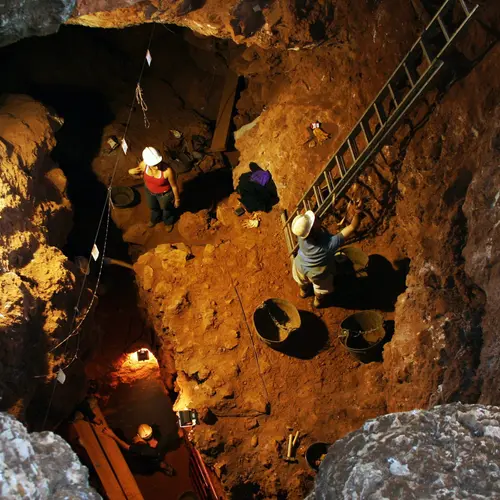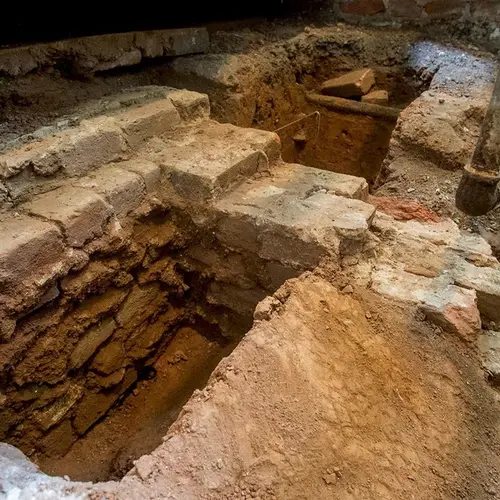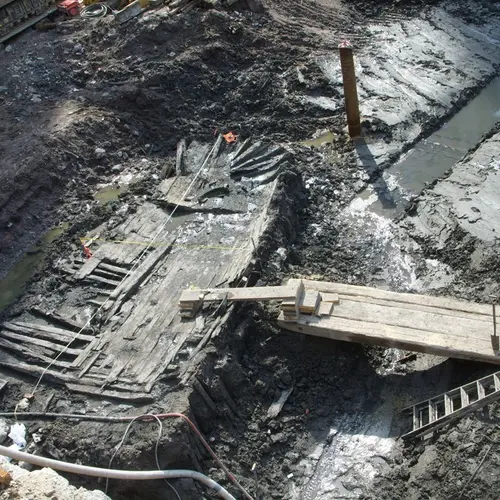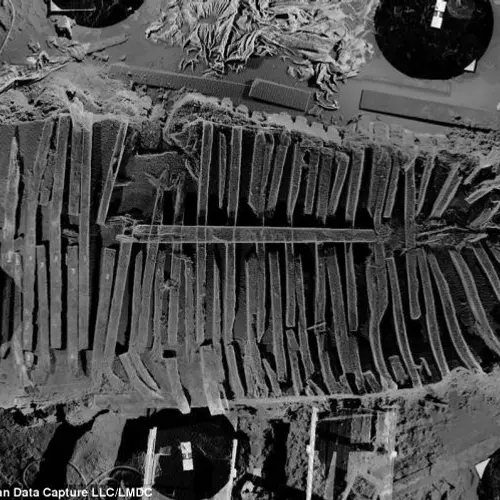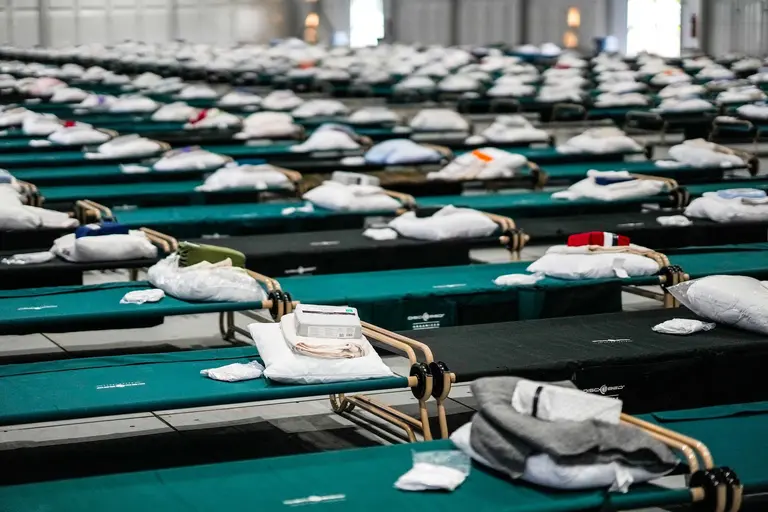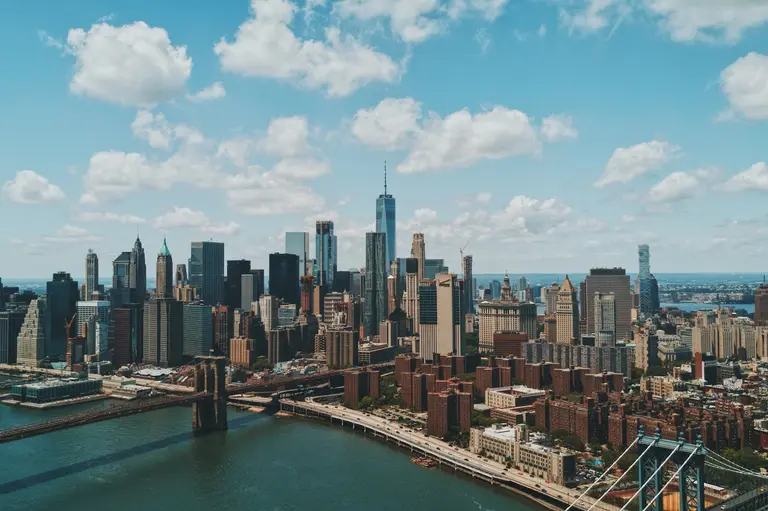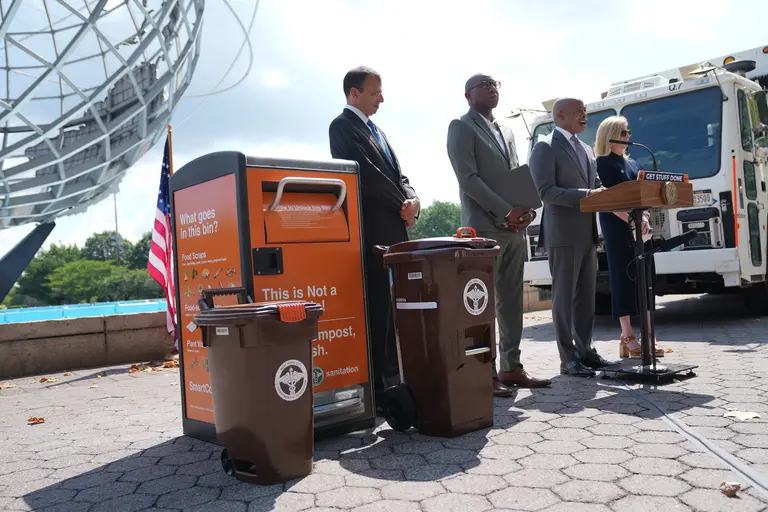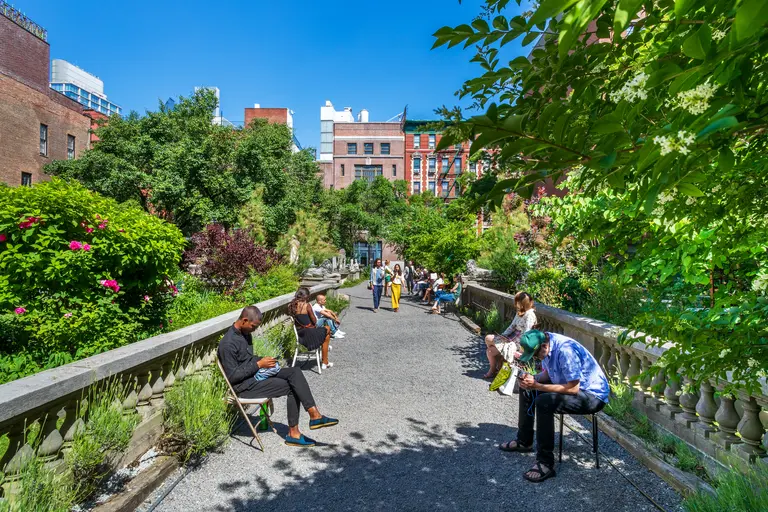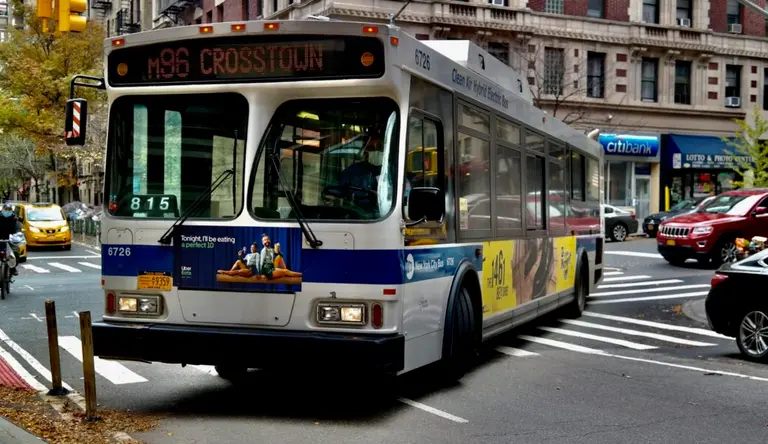Excavating the city: A look at urban archaeology in New York
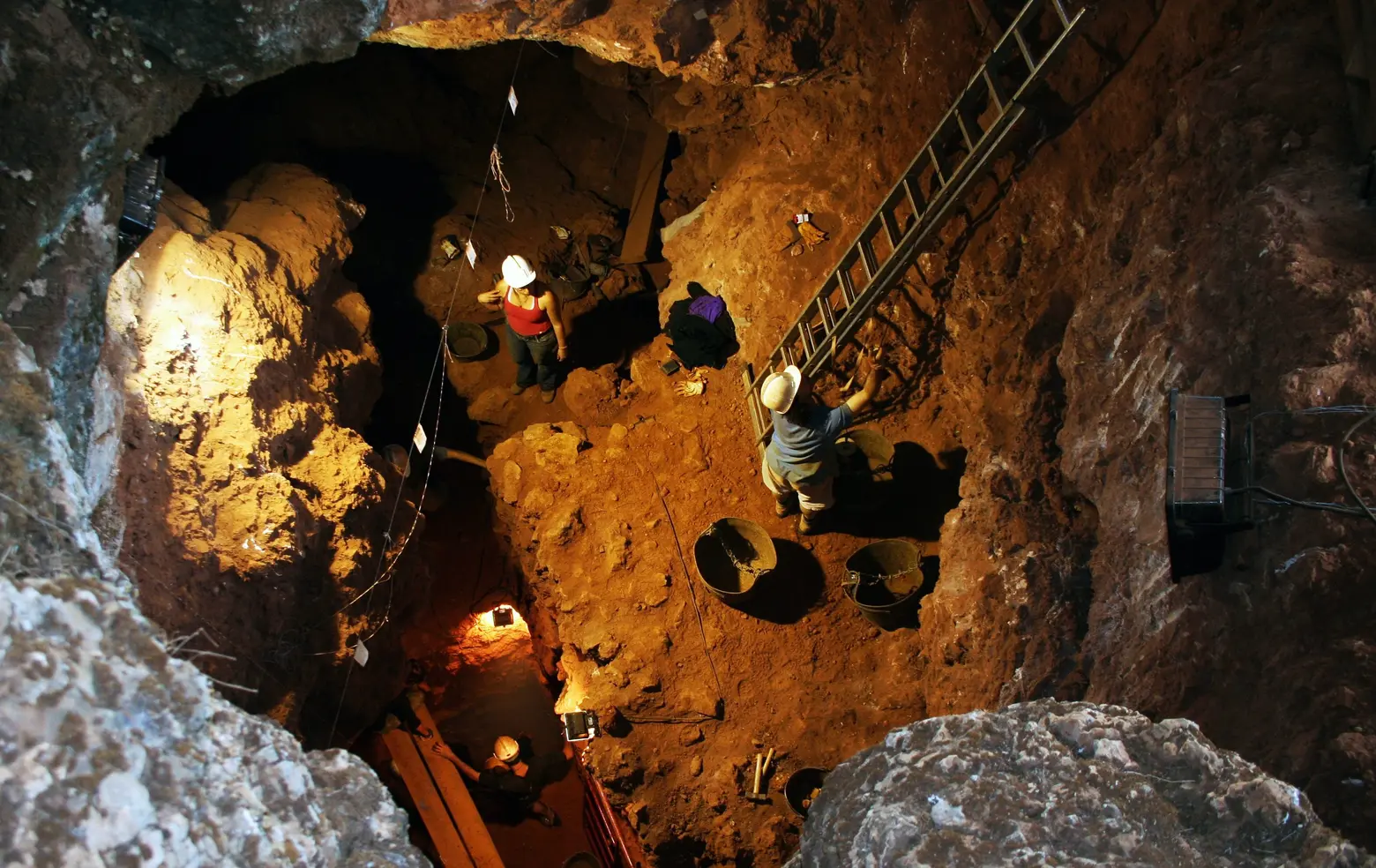
When most people think about archaeologists, they imagine outdoorsy adventurers—perhaps, modeled on the fictional Indiana Jones—uncovering ancient artifacts in remote locations. They probably don’t imagine archaeologists riding the MTA to excavation sites.
In reality, archaeologists frequently do work in New York City and the surrounding region and play an essential yet often under-recognized role in the city’s building industry. While many new developments go ahead without major archaeological studies, most developments only get the green light to move forward after archaeologists have completed at least a preliminary investigation.
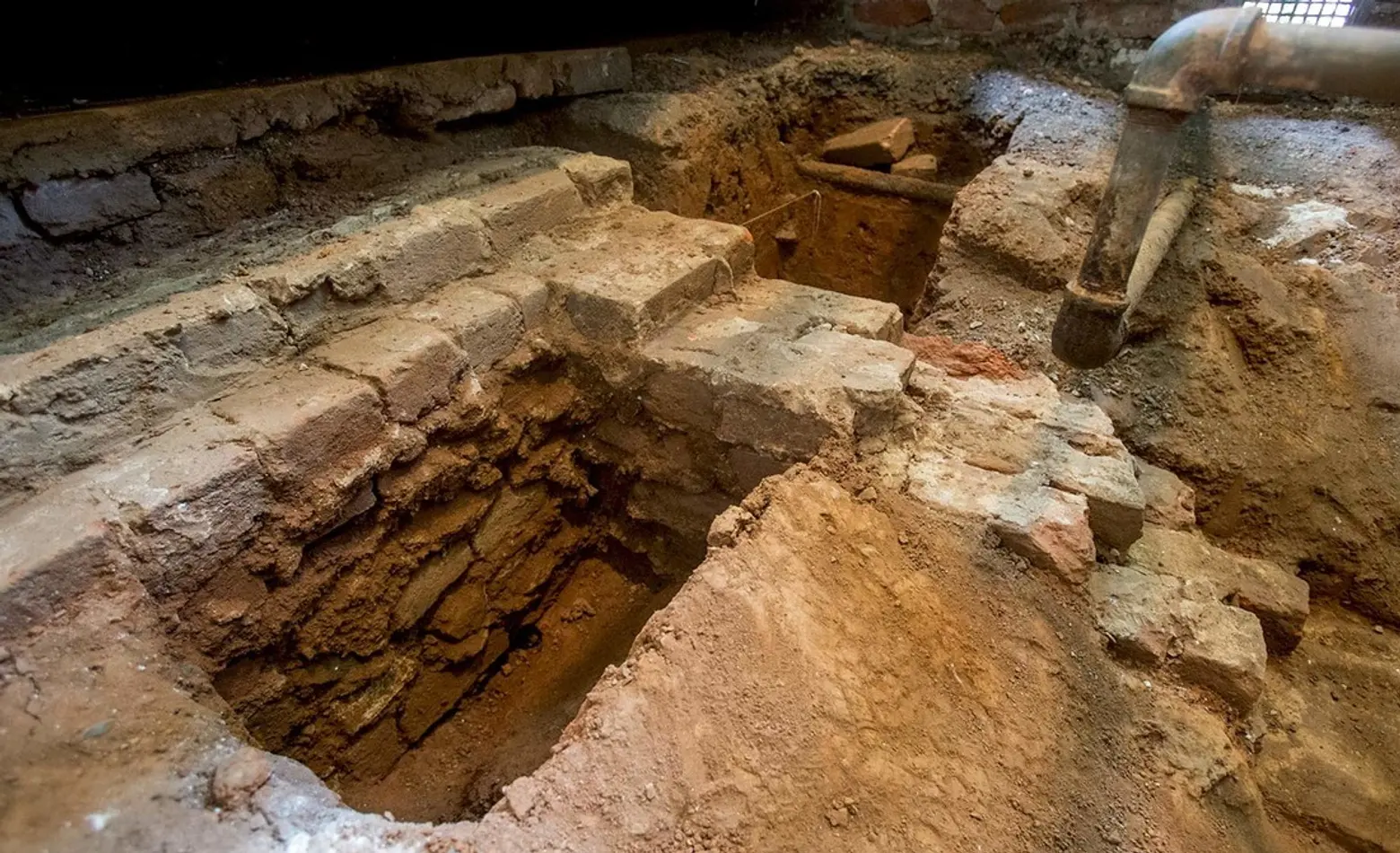
How Cultural Resources Management Works
New York City has been inhabited for thousands of years—an estimated 9,000 years. This means that one can assume that any new development is being built on top of an existing site of commerce or residence. For this reason, anyone planning a new development in New York City must first gain approval from the New York City Landmarks Preservation Commission. Depending on the site, however, this process can take time.
If the commission determines that the development may impact notable cultural resources, the site is already listed on a register of historic places, or the property is within a designated historic district, the agency requires a Phase IA Documentary Study—a brief study that makes further recommendations about how to proceed. If the study concludes that the site likely contains no significant cultural resources, the development can go ahead as planned. If there is any doubt, the investigation moves to Phase IB. During this stage, trained archaeologists excavate a small section or sections of the site. If the test pits turn up any significant artifacts, the research enters Phase II. At this time, more extensive fieldwork and laboratory testing will be carried out. Again, if any significant artifacts are discovered, the research continues. At Phase III, a full excavation is carried out. For developers, this phase can be frustrating, since it means projects must be put on hold until the research is completed and at times, this take months and come at a high cost. Fortunately, at least for developers, Phase III investigations are rarely required.
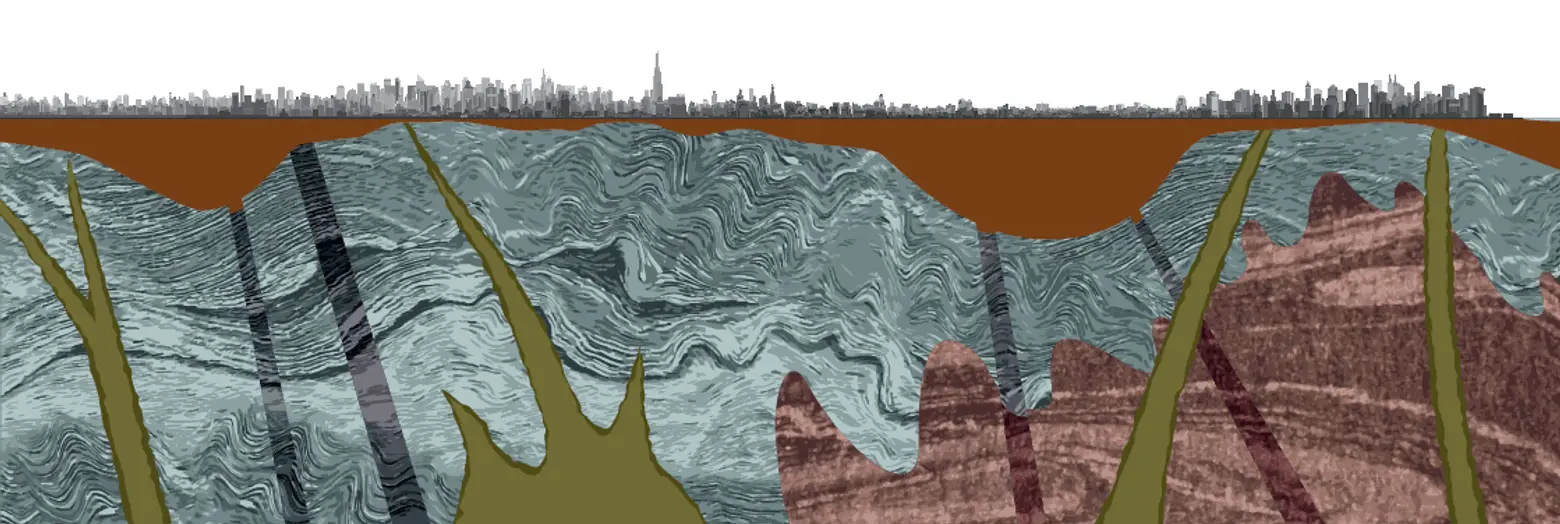 The bedrock beneath Manhattan via imgur
The bedrock beneath Manhattan via imgur
Shipwrecks, Tombs and More: Recent New York City Excavations
Although archaeological investigations can hamper development—at least on a short-term basis—developers in New York City typically recognize the value of Cultural Resources Management and already factor in time for at least Phase I and II investigations. What may come as a surprise, however, is the range of artifacts one finds when they start to dig down into the city’s buried strata. Below, we survey just a few recent local discoveries.
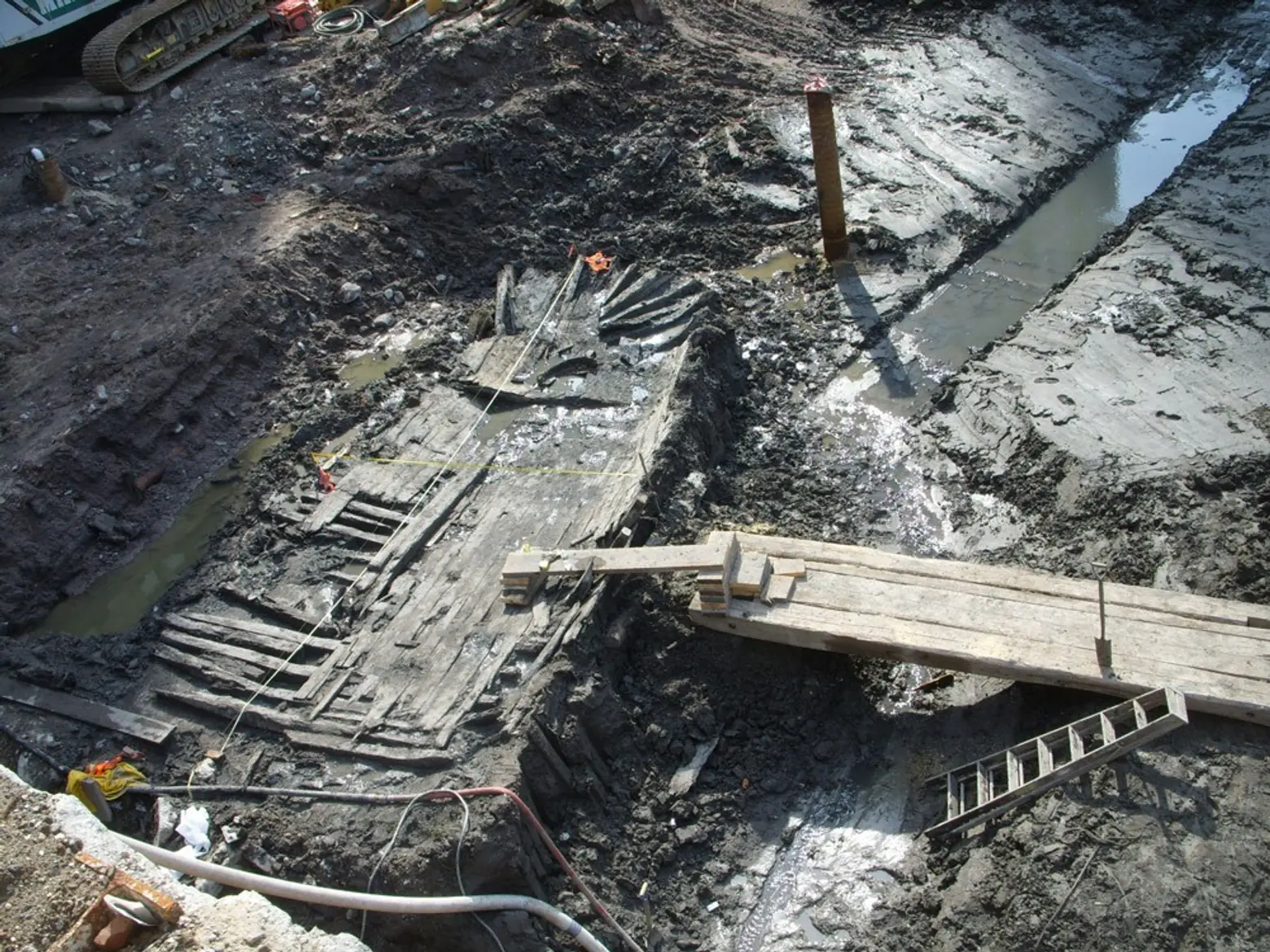 Image: Remnants of a 1770s ship found under the World Trade Center siite, via Lower Manhattan Development Corp.
Image: Remnants of a 1770s ship found under the World Trade Center siite, via Lower Manhattan Development Corp.
An 18th Century Shipwreck at the World Trade Center Site
One of the most astonishing things to be recovered from the wreckage of the World Trade Center after the 9/11 attacks was an 18th century shipwreck. In 2010, nearly a decade after the terrorist attack, excavators discovered the remains of a wooden ship. While one may wonder how a ship ever ended up under the World Trade Center in the first place, in the 1600s, Lower Manhattan had a very different shoreline. At the time, much of Lower Manhattan was still under water. Researchers speculate that the hull of the ship discovered at the World Trade Center site either sank close to shore or more likely, was sunk intentionally in an effort to extend the shoreline. In fact, much of the landfill used to build up Lower Manhattan was comprised of abandoned wooden structures, including old ships and wharfs.
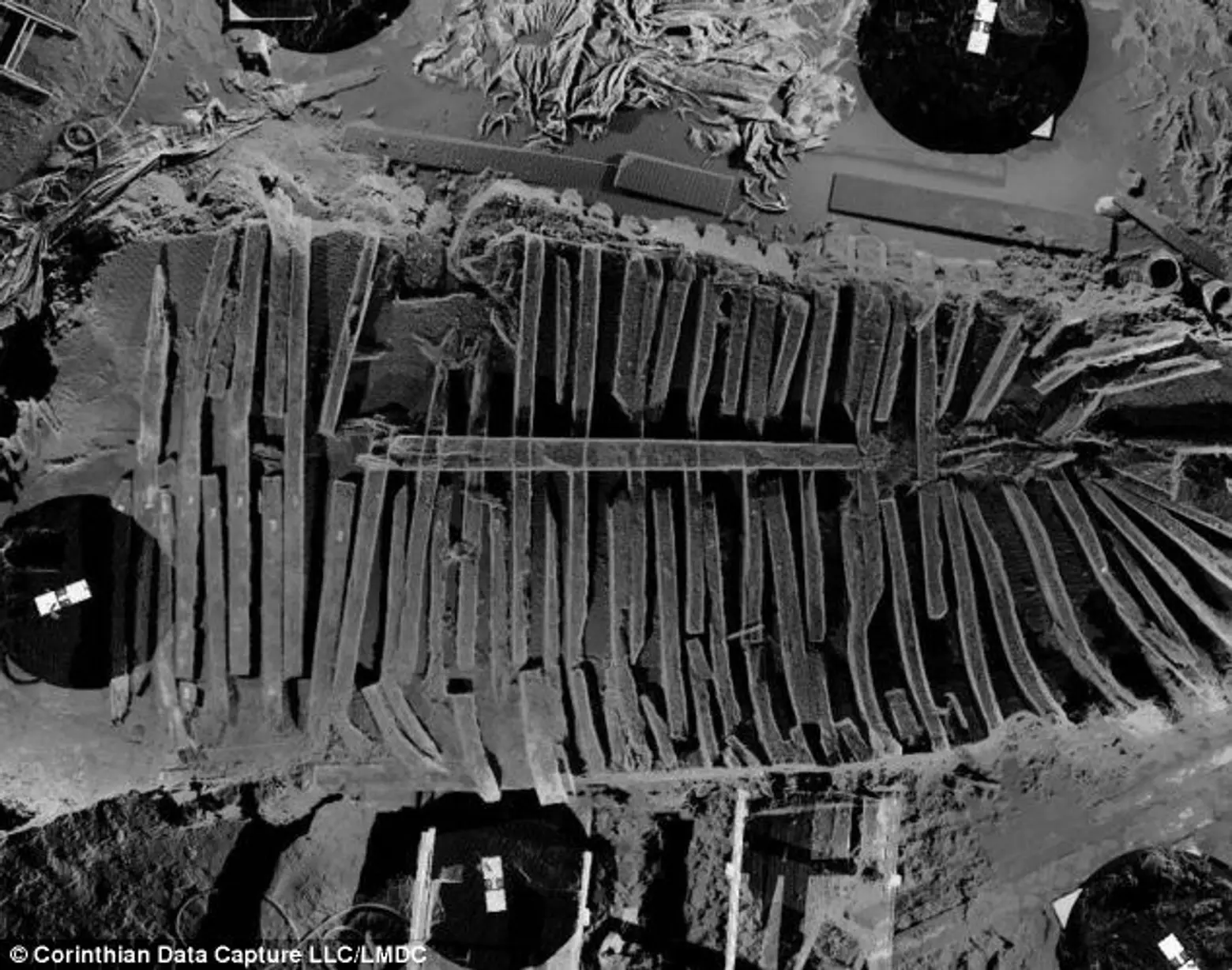 The site was scanned to create a record of where each piece originally fit
The site was scanned to create a record of where each piece originally fit
Remarkably, despite the age of the World Trade Center site shipwreck, over the past six years, archaeologists have learned a great deal about the ship. Working out of the Maryland Archaeological Conservation Laboratory, where the ship was brought after being carefully removed from its long-time burial ground in Lower Manhattan, Edward Cook, a tree-ring specialist at Columbia University, discerned that the ship was likely constructed from old-growth White Oak timber harvested in Pennsylvania in the early 1770s. Cook’s investigation further revealed that the ship was likely built in a Philadelphia shipyard shortly after the timber was harvested. Cook further speculates that the ship was most likely put out of commission after only two decades, possibly due to a shipworm condition, and eventually relegated to become landfill along the Hudson River. If you’re wondering what’s next for the ship, there is hope that it will soon return to New York and be on display at a local museum.
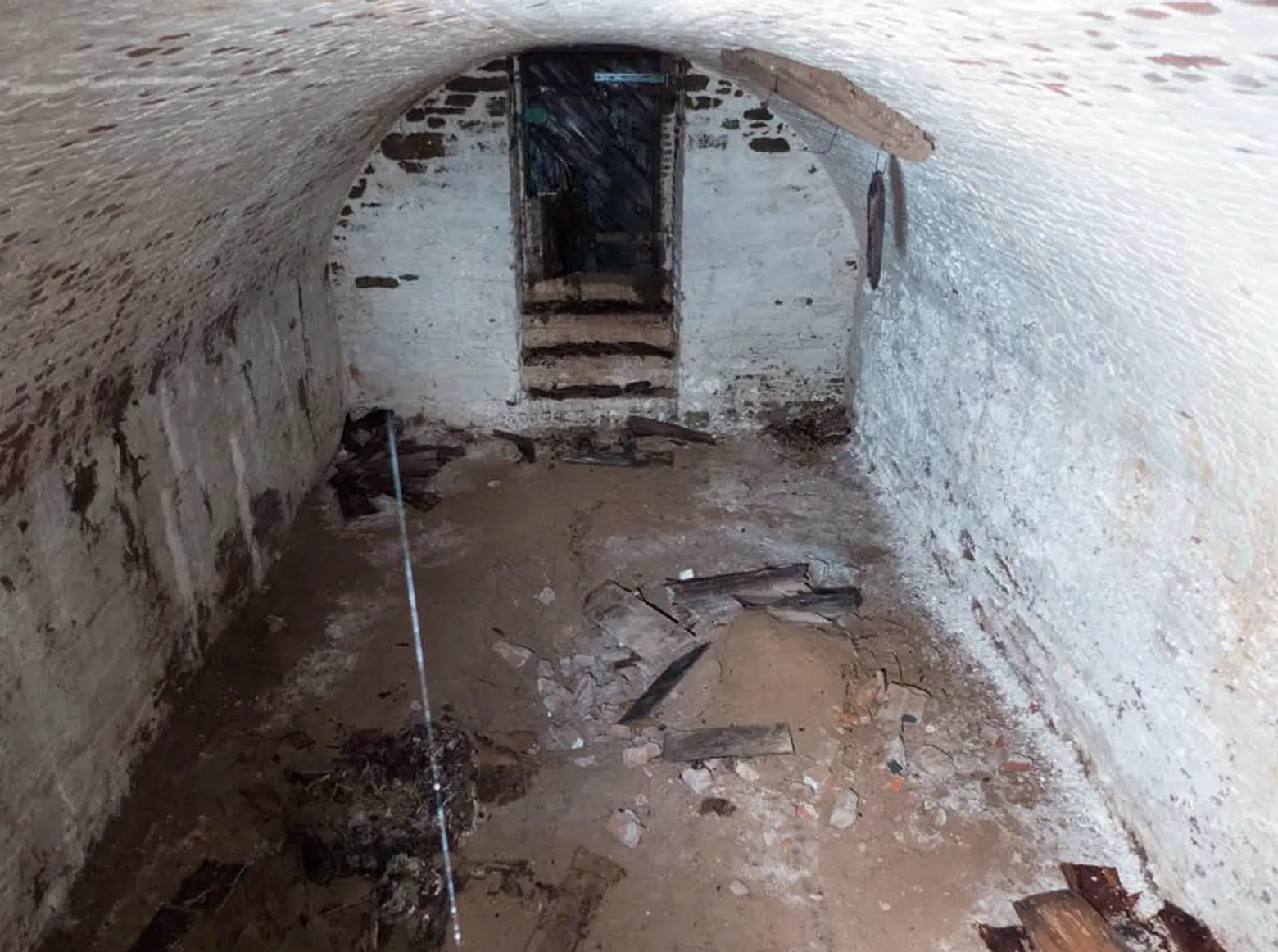 Image: Burial vault unearthed beneath Washington Square Park, via Department of Design and Construction
Image: Burial vault unearthed beneath Washington Square Park, via Department of Design and Construction
Human Remains Under a Washington Square Park
In 2013, Joan H. Geismar and her colleagues carried out a study at the site of a public “comfort station” (otherwise known as a public toilet) and field building in Washington Square Park. Geismar discovered that the site was home to at least three fully intact burials, which were left undisturbed during her investigation, and 100 isolated human bones, including at least one bone belonging to a seven-year-old child. Several artifacts were also discovered at the site, including a selection of coffin nails. In her report, Geismar cautions that given her findings, archaeological issues should be considered before proceeding with any further work in the park. In 2015, it turned out that Geismar was right—indeed, there were many more bodies buried under Washington Square Park and nearby.
At the time, the Department of Design and Construction was preparing to install a 40-inch steel water main in the Washington Square East area—that is until they found the top of a brick archway below the sidewalk just south of Washington Square North. When they entered, they discovered human remains scattered about a large vault. At this time, construction halted and a representative from Chyrsalis—a Brooklyn-based cultural resources management firm that is frequently contracted by the city—rushed to the scene to assess the situation. In the end, the investigation would reveal not one but two vaults containing dozens of bodies, including numerous coffins, some remarkably well-preserved. Unlike the shipwreck at the World Trade Center site, in this case, there was no attempt to remove the discovered remains. Rather, much of the investigation was carried out using remote cameras designed to enable researchers to investigate human remains and other sensitive artifacts without disturbing the site in any way.
Learn More about New York’s Hidden Archaeological Treasures
If you want to learn more about the city’s archaeological heritage, the best place to start is at the NYC Archaeological Repository. Launched by the Landmarks Preservation Commission in late October, the Nan A. Rothschild Research Center includes a physical research center, which contains over 1,500 boxes of archaeological artifacts from over 31 sites in all five boroughs, and a virtual research site. Although the actual research center is only open to researchers and scholars, the city has made an effort to digitize as many materials as possible. Among other resources, the center’s online site contains maps of the City’s archaeological sites and a link to a searchable database of past archaeological reports completed in the five boroughs.
Prior to the Nan A. Rothschild Research Center’s opening in 2016, the city’s cultural resources were scattered across 14 different storage sites, which made it difficult for researchers to carry out comprehensive studies on the city’s collections. There is hope that the Center’s launch will not only support the work of current researchers but also spark interest in urban archaeology among a future generation of researchers.
RELATED:
